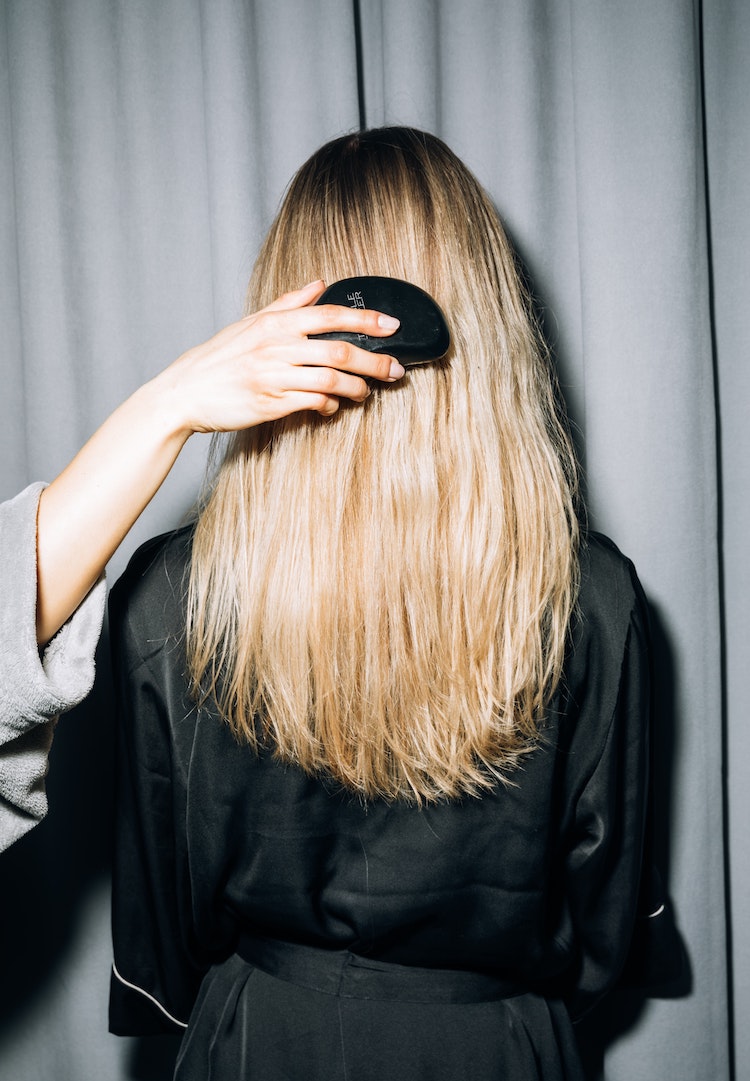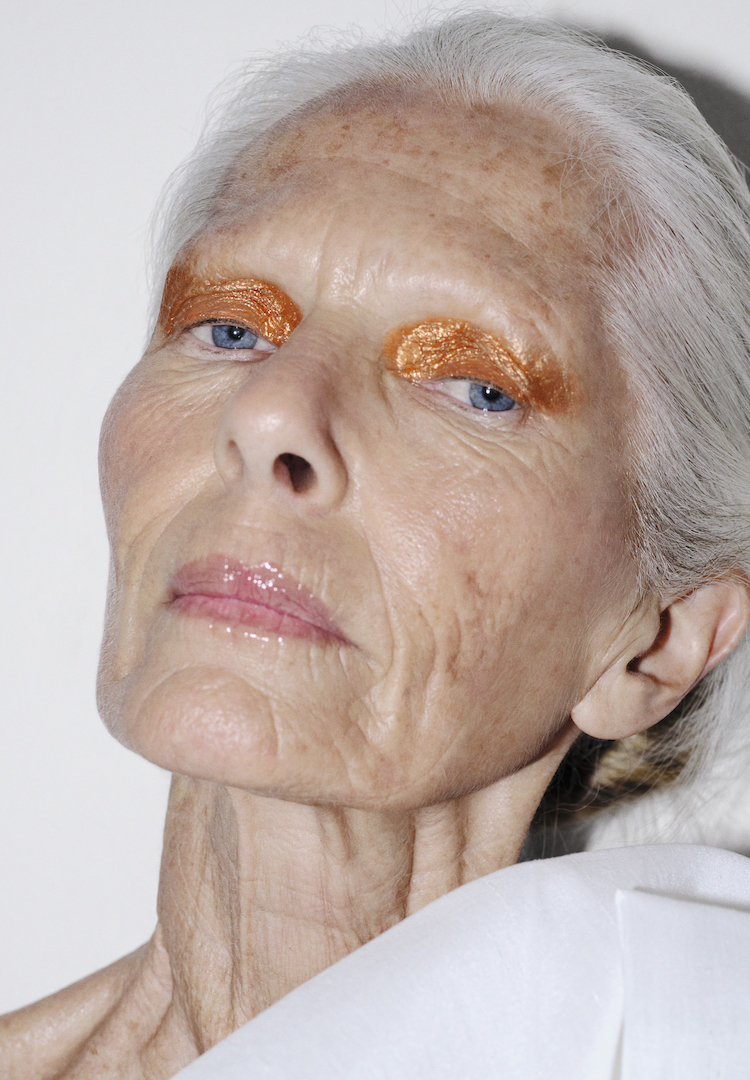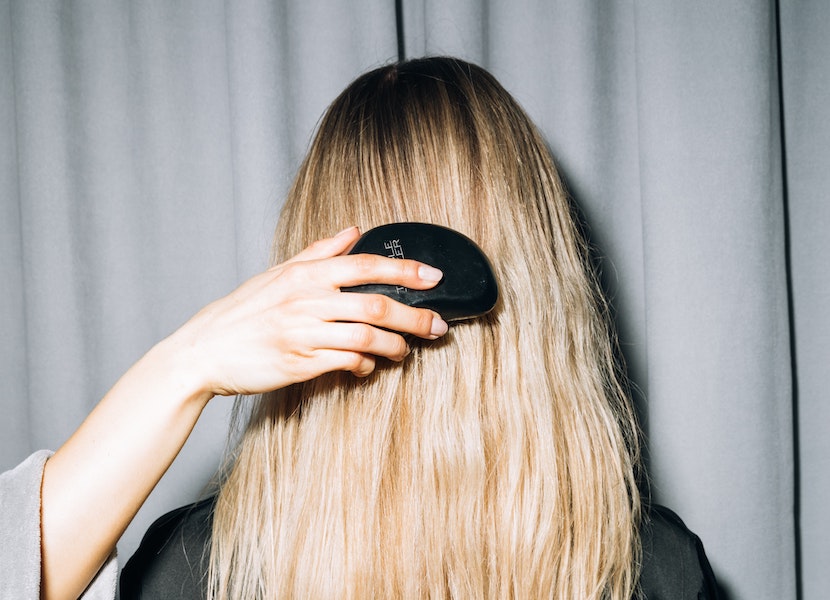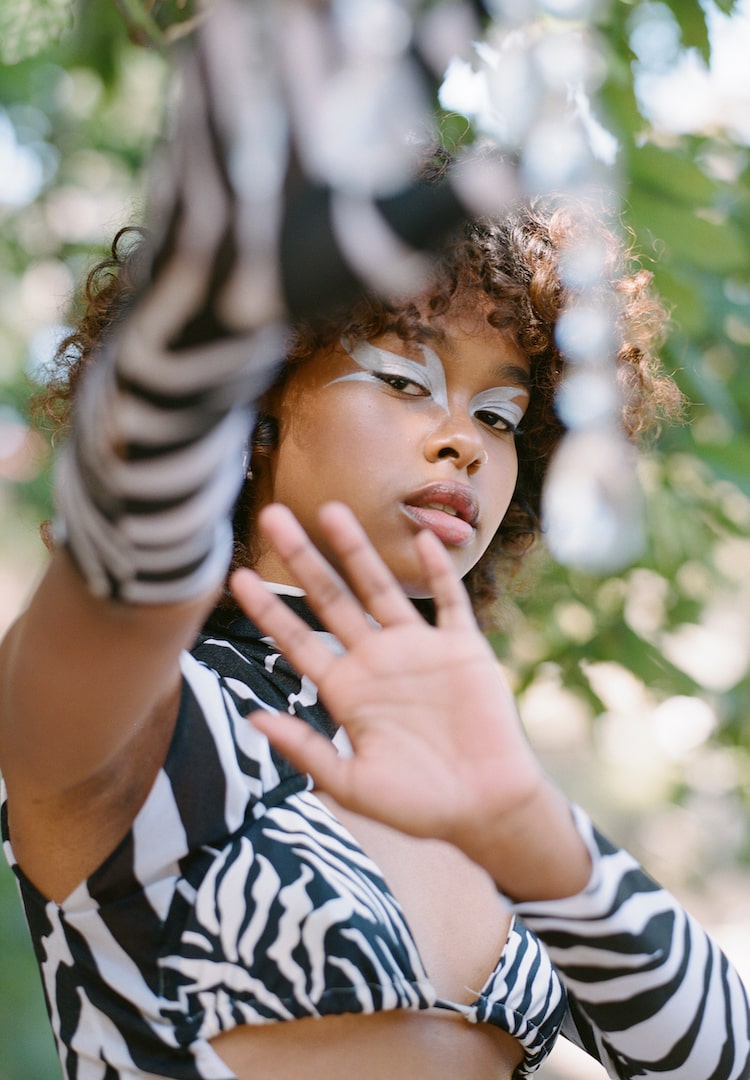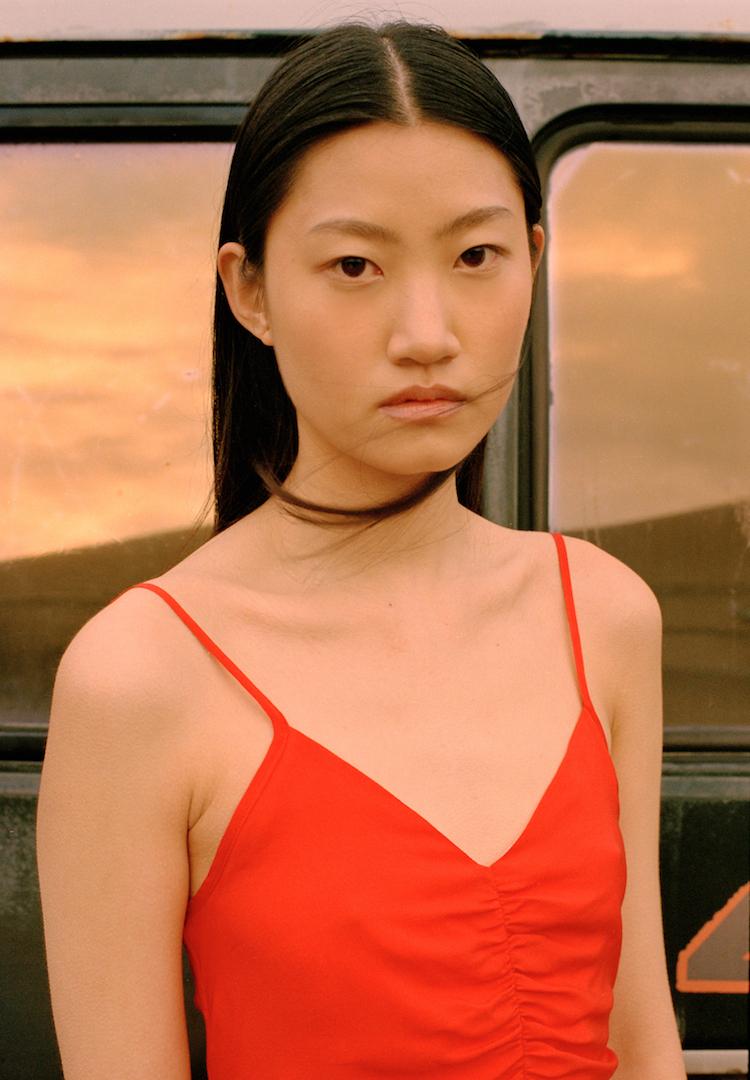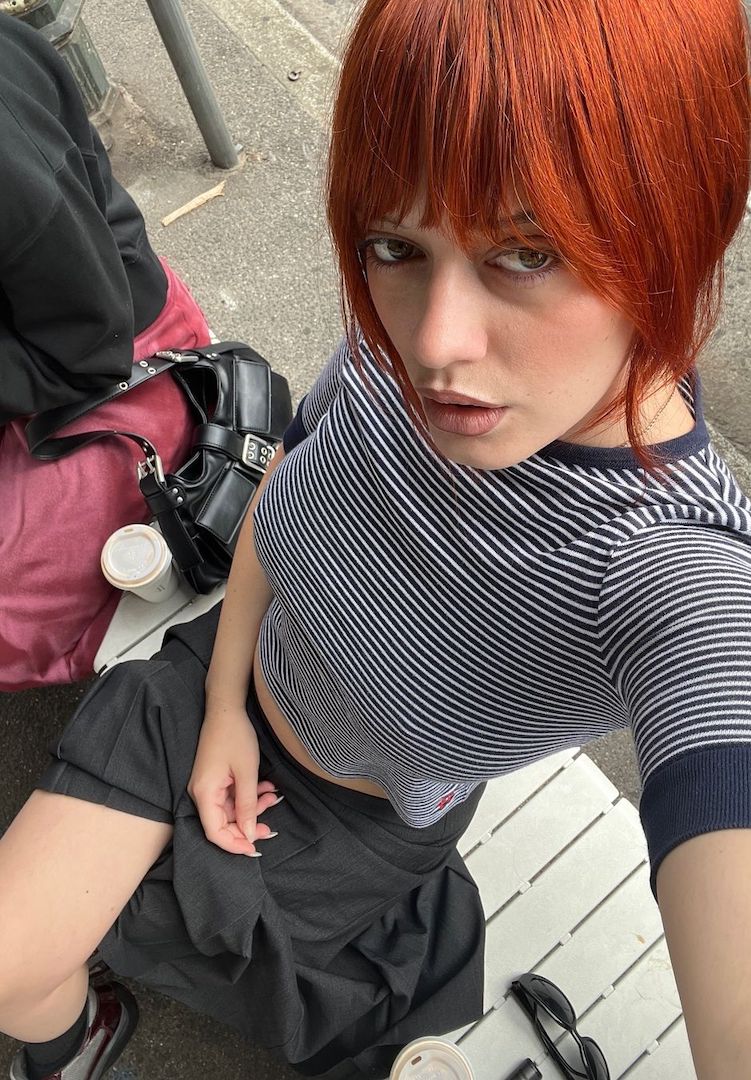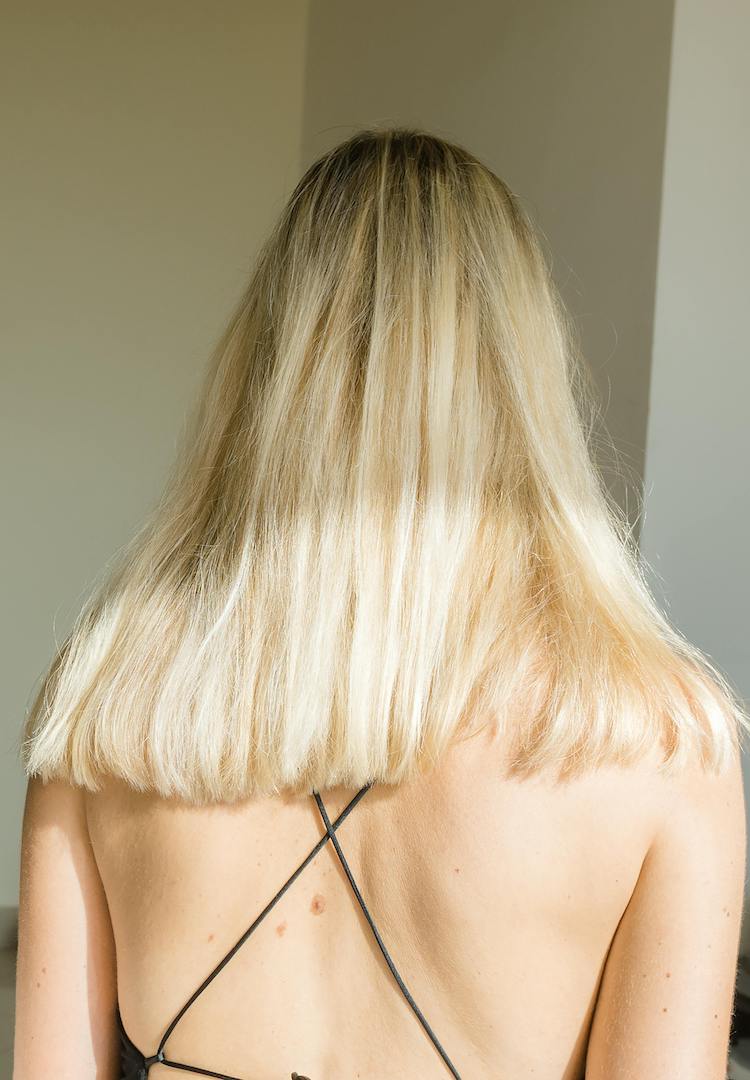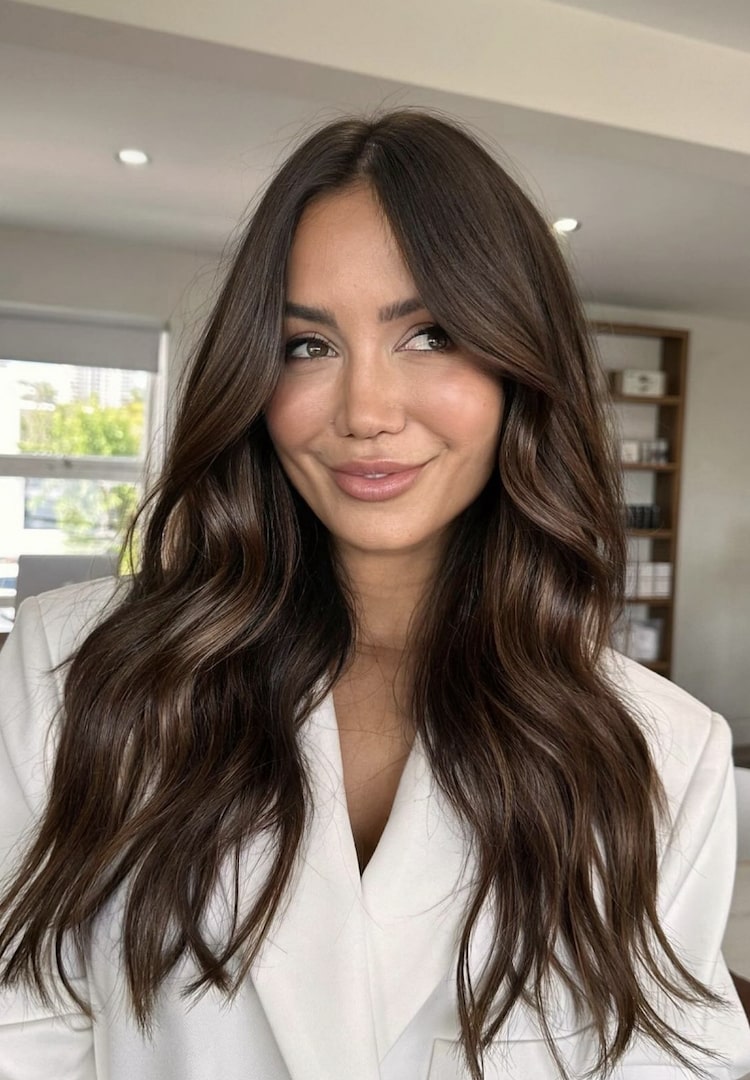What is a straight perm and what do you need to know?
WORDS BY KAYA MARTIN
Perms can be used to make hair straight, too.
Curly hair is one of life’s great natural wonders, but it often takes work to get it looking the way you like. As a straight-to-curly convert, I found out the hard way that maintaining a bouncy and fresh head of curls takes a whole lot of crunching, preening and product.
Just over half of the population have naturally wavy or curly hair. If you’re one of them and you’re looking to switch it up, for maintenance reasons or for style, you’re in luck. Permanent straightening technology has improved significantly over the past few decades, meaning the process is now as easy as a quick trip to the salon.
To find more articles like this, head to our Beauty section.
“I just find, as any curly girl would say, one day it might be great, the next day you’re looking like Medusa or Hagrid,” says Renee Vallendar, owner of the Straightening Salon and the newly-launched Ever Hair. Renee tells me she has been getting her hair professionally straightened for over 15 years and is in love with the convenience of a tangle-free morning.
“Honestly, it’s life-changing,” she says. After a long career in banking and finance, she decided to start her business to provide more women with permanent straightening. With locations in the Gold Coast, Sydney and Brisbane, it’s clear there is a demand for lasting straightening options. Renee helped answer all my questions on what it takes to get that pin-straight look for good.
How does a straight perm work?
Not all straight perms are the same. Typically, the process involves dousing the hair in some product, allowing it to process, straightening the hair using a heated tool and then rinsing.
The most well-known types of straight perms are the keratin treatment (aka the Brazilian blowout) and the Japanese chemical treatment, although there are actually a ton of other products for straightening as well.
The Japanese chemical treatment involves applying an alkaline solution to break the hair bonds before reforming them with a neutraliser. The process takes around five hours but is known to last the longest, ranging from four to six months. But because the process is more hardcore, it isn’t recommended for those with hair that is bleached, weak or brittle. It’s also not ideal for those with a tight curl or afro hair, as the roots can be noticeable.
Alternatively, keratin smoothing works by adding a layer of protein to the hair that slowly rinses out over time, lasting three to five months. Depending on the length of your hair, it can take from two to five hours to complete. Because it can help to strengthen and coat the hair while relaxing, it’s a bit more subtle and is suitable for almost all hair types.
While keratin and Japanese chemical treatments are on the more intense side, there are many relaxing treatments that don’t contain harsh chemicals. These other treatments are better options for those who are pregnant or breastfeeding and they can still work as a permanent solution. The Straightening Salon carries a range of products imported from around the world that use acid or tannin to treat the hair instead of heavy toxins, providing the same glossy look.
Straightening throughout history
Although straightening treatments are relatively stress-free these days, this wasn’t always the case. Renee tells me back in the day, clients would have to leave their straightening solution on their hair for up to three days.
“So many customers… absolutely hated that because your hair would be disgusting,” she explains. Because the feedback was so negative, most treatments today are completed within a few hours.
There was also another unpleasant aspect of permanent straightening. “Walk back… eight years ago when there was quite a huge[ly] significant presence of formaldehyde,” says Renee. “Anything that contains formaldehyde, you would get luscious straight hair, [it was] absolutely beautiful. Women loved it.”
While the results were stunning, the process wasn’t ideal. It turns out that formaldehyde, the same compound commonly used for embalming corpses, is not exactly good for you to be breathing in on a regular basis.
“What that does is [it] causes eye irritation, so your eyes will start to water, they will go bloodshot. Your nose will start to suffer as well, so hairdressers were getting nosebleeds,” Renee tells me.
Thankfully, most straightening products in Australia have now done away with the controversial chemical, although it’s definitely still out there, so make sure you stay on the lookout when deciding on a treatment.
Finding the right treatment for you
The first person to ask when deciding on a relaxing treatment is, of course, your stylist. They will be able to properly analyse the porousness and texture of your hair and match you with a treatment that will suit you.
We’ll be honest with you – permanent straightening isn’t exactly cheap. Keratin treatments cost from $200 to $450, Japanese chemical treatments range from $300 to $800 and chemical-free treatments fall somewhere between $300 and $1000. We don’t recommend you skimp out, however, as the process requires an expert touch. Inexperienced hairdressers may over-treat your hair, leaving it straight but frizzy, damaged and dehydrated.
If done correctly, though, the results are truly transformative. If you’re ready to kiss those curls goodbye and you’re not afraid of dropping some dough, a straight perm might be what you’re looking for.
For more on straight perms, try this.


